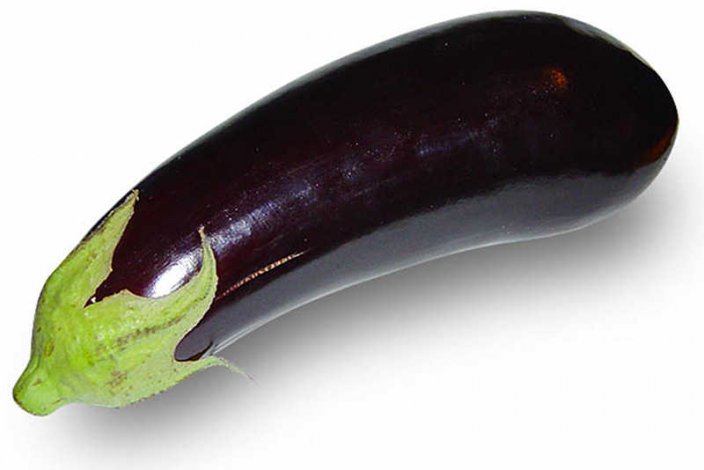War on drugs’ is failing: illegal narcotics now cheaper, more potent

The decades-long “war on drugs” has failed to curb the $350-billion a year global trade in illicit drugs, says a new study by researchers in British Columbia and California.
Using statistics gathered by law enforcement and health authorities in the United States, Europe and Australia over a nearly 20-year period, the team from the International Centre for Science in Drug Policy tracked and compared the rate of drug seizures to indicators of availability for cocaine, opiates and cannabis.
Those numbers show that while the number of drug seizures has increased, the price of cocaine, cannabis and opiates like heroin has dropped.
At the same time, the purity and potency of those drugs has increased, said the study published in the latest issue of the British Medical Journal “Open.”
“These findings suggest that expanding efforts at controlling the global illegal drug market through law enforcement are failing,” said the report that involved the University of British Columbia, the B.C. Centre for Excellence on HIV/AIDS and the Institute of the Americas at the University of California.
Based on statistics gathered by the United States Drug Enforcement Agency, they found that the price of heroin in the U.S. dropped 81 per cent from 1990 to 2007, while the purity of cocaine seized by police increased by 60 per cent.
For cocaine, the price — adjusted for inflation and purity — dropped 80 per cent, and the purity increased by 11 per cent. For marijuana, price decreased 86 per cent and purity jumped by 161 per cent.
“The bottom line is that organized crime’s efforts to succeed in these markets has flourished, and the criminal justice system’s efforts to contain these markets has really been quite remarkably unsuccessful,” Dr. Evan Wood, one of the report’s authors and the Canada Research Chair in Inner City Medicine at UBC, said Monday.
Similar trends were noted in Europe and Australia.
Over the same period, the amount of drugs seized by law enforcement increased drastically, both in drug-producing countries like Afghanistan and Thailand and in western nations.
“By every metric, the war on drugs has failed,” said Wood, adding that some estimates suggest more than $1 trillion has been spent over the past 40 years on that war in North America alone.
The authors said they hope the study prompts authorities to re-examine drug control strategies that focus on supply reduction, over prevention and treatment.
Werner Antweiler, a professor of economics at the Sauder School of Business at UBC, has studied the illicit drug economy and said the study results are no surprise.
“The drug problem has not become less, but more,” Antweiler said.
As was the case with the prohibition of alcohol in the 1920s and 30s, the illicit drug trade is so profitable and criminals will find a way to meet a continuing demand. The suppression of supply has only a temporary, local effect on the trade, he said.
“The problem is, ultimately, a demand-side issue,” Antweiler said. “What we need to do is treat it as a medical problem, and not a problem of controlling the production and distribution.”
Wood said there have been some encouraging changes in the United States and Europe.
“In Canada, with our federal government it oftentimes feels like things are going in the opposite direction but I think there’s just a growing recognition that we need to begin exploring alternatives and greater openness to do so,” he said.
Read more: http://www.ctvnews.ca/health/war-on-drugs-is-failing-report-concludes-illegal-narcotics-now-cheaper-more-potent-1.1477609#ixzz2gdpSwLTt











 Just like skin, hair changes as we age. Here are a few tips to keep locks at their lushest for those in their 20s and beyond.
Just like skin, hair changes as we age. Here are a few tips to keep locks at their lushest for those in their 20s and beyond.


 The father of the nation, Mohandas Karamchand ‘Mahatma’ Gandhi is arguably one of India’s most revered figures around the world. His teachings of ahimsa and non-violent civil disobedience rings true to this day and has inspired generations across the world, individuals as great as Albert Einstein, Martin Luther King Jr, Nelson Mandela and current White house incumbent Barack Obama. On the occasion of his birthday, we look back at five Gandhian nuggets of wisdom that can help you live a more well-rounded life:
The father of the nation, Mohandas Karamchand ‘Mahatma’ Gandhi is arguably one of India’s most revered figures around the world. His teachings of ahimsa and non-violent civil disobedience rings true to this day and has inspired generations across the world, individuals as great as Albert Einstein, Martin Luther King Jr, Nelson Mandela and current White house incumbent Barack Obama. On the occasion of his birthday, we look back at five Gandhian nuggets of wisdom that can help you live a more well-rounded life:

